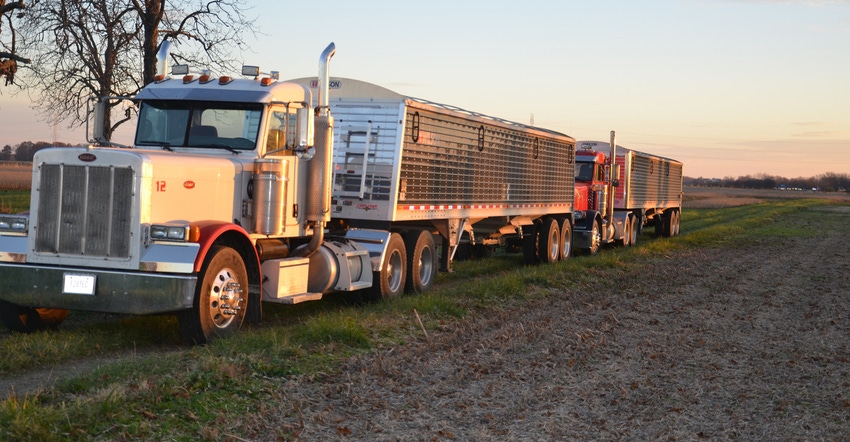July 5, 2021

What started out as an effort to improve how the Indiana Grain Buyers and Warehousing Licensing Agency (IGBWLA) and the grain indemnity fund functions became a journey along a long, winding road. It finally resulted in passage of House Enrolled Act 1483, which became law once Gov. Eric Holcomb signed it in late April.
Indiana Farm Bureau worked with state legislators to craft a bill that would make improvements to the existing system that governs grain elevators and the grain indemnity fund. Impetus to make the changes came from the failure of Salamonie Mills and Agland Grain in northeast Indiana in 2020. INFB estimates that more than 150 agricultural entities were impacted.
Related: What farmers and documents say about the Salamonie Mills case
Jeff Cummins, associate director of policy engagement for INFB, says the bill accomplishes about 90% of the reforms INFB sought. He notes that INFB appreciates how legislators hammered out a solution that should help make the process more transparent and efficient in the future.
Major changes
Cummins points to six major changes made through the legislation:
calls for a performance review of IGBWLA audit procedures to ensure they are in sync with modern grain marketing practices
adjusts the statute to allow the agency to accept third-party audits so it can spend more time on licensees that need its attention
requires pricing of deferred price accounts based on the crop year to prevent those accounts, often referred to as DP grain, from running beyond the 15-month coverage period outlined for DP grain in grain indemnity fund regulations
provides additional enforcement for minimum net worth deficiencies when grain licensees begin to struggle
increases the IGBWLA’s administrative expense account so it can access more funding for staff training and software updates
creates more information sharing between the agency and the Grain Indemnity Board
What law didn��’t address
The irony is that the new legislation does nothing to help farmers negatively impacted by the grain failures in 2020 that led to a push to achieve these changes.
Sen. Travis Holdman’s original legislation included language to establish an earlier failure date for those cases than the official date set by the IGBWLA. That date is important because anyone with DP grain placed on storage more than 15 months before the failure date isn’t eligible for compensation though the grain indemnity fund. The General Assembly pushed forward with the House version, which didn’t include provisions for helping those in that category.
Why did the General Assembly back off addressing those farmers left in no man’s land? From our viewpoint, it appears some stood on principle, claiming that when similar legislation helped those from a previous failure, the promise was made to never do it again. It appears a big dose of politics may have contributed. Some ag groups sided with not making it retroactive, which left some legislators in a quandary.
The bottom line is that many hardworking farmers in northeast Indiana paid a big price so that more farmers may avoid this pain in the future. That was not the outcome Indiana Prairie Farmer hoped for. Those hardworking farmers deserve better.
Watch for upcoming articles with more specifics about the new law and what you should know about the grain indemnity fund.
Comments? Email [email protected].
You May Also Like




